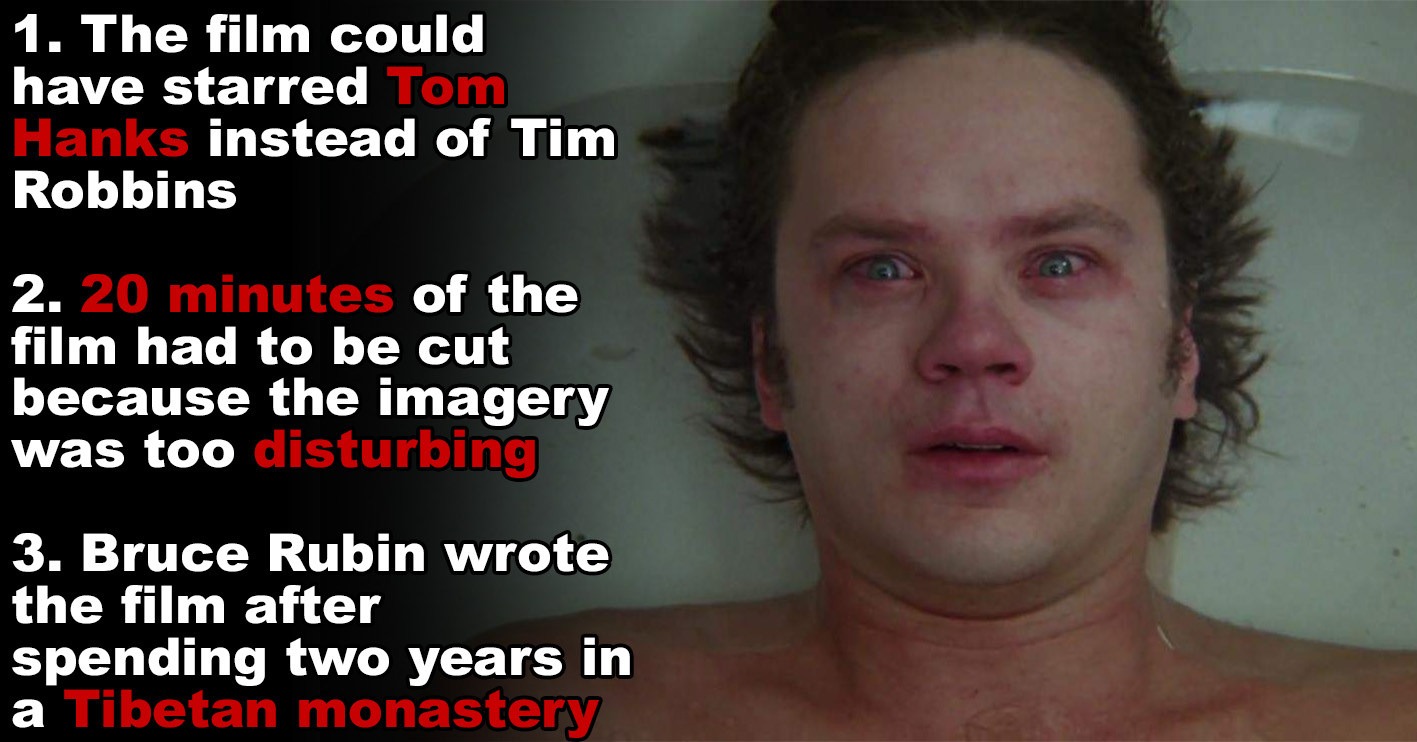Every so often, a film will stay with you long after the end credits have finished rolling. Sometimes this is because it has affected you emotionally; other times, it’s because you haven’t yet managed to work out exactly what it was all about.
Occasionally, a film comes along that manages to be both of these things, as is the case with the superb 1990 psychological film that we’re drawing attention to today. Jacob’s Ladder tells the story of Jacob Singer, an army veteran whose experiences during the Vietnam war lead to him experiencing horrifying visions that he struggles to explain or understand.
Below are 20 facts about this rather disturbing film that we still haven’t managed to fully get our heads around, nearly three decades after it was first released.
20. Bruce Joel Rubin wrote the film after spending two years in a Tibetan monastery
Bruce Joel Rubin, who won an Academy Award for writing the 1990 film Ghost, spent two years in a Nepalese Tibetan monastery before he wrote the screenplay for Jacob’s Ladder.
[rtk_adunit_top]
The original idea for the film came from a nightmare he had about being trapped in a subway.
“The inspiration in a sense is my entire spiritual upbringing,” Rubin said in a 1991 interview with Tricycle magazine.
[rtk_adunit_middle]
“Once you have a meditative life you start to see that the world is really far different than what it appears to be,” he noted.
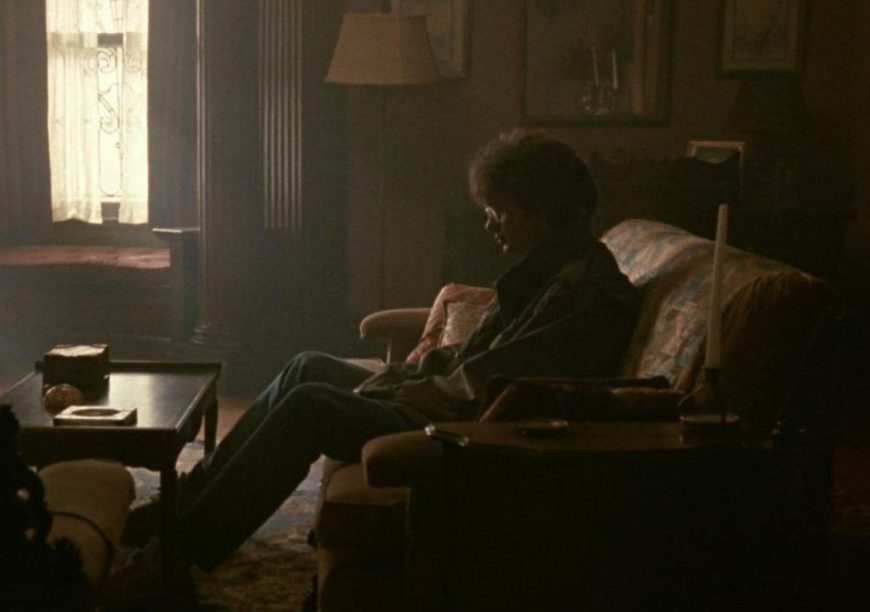
According to Den of Geek, Rubin has also visited Indian ashrams, a Buddhist temple in Bangkok and a Sikh temple in Singapore.
[rtk_adunit_bottom]
He quit his job as an assistant film editor with NBC to travel the world before getting into screenwriting.
19. The film was nearly called Dante’s Inferno
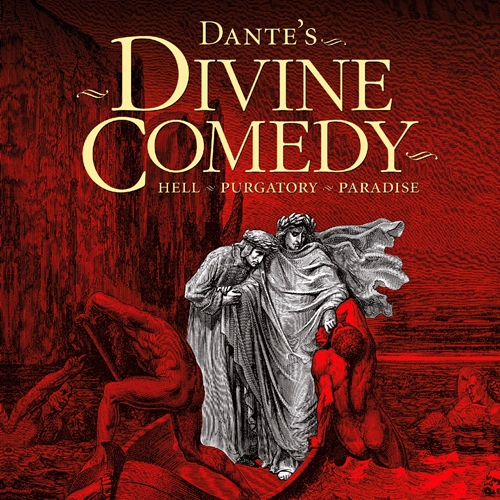
Jacob’s Ladder refers to a Bible story in which Jacob dreams of a ladder that connects Heaven to Earth.
[rtk_adunit_top]
The film almost didn’t get this title, however. It could have instead been called Dante’s Inferno, after the first part of the 14th century Italian poem The Divine Comedy.

Rubin has mentioned that the film interprets many different cultures’ ideas about damnation and the afterlife.
[rtk_adunit_middle]
He’s cited the Tibetan Book of the Dead, also named Liberation Through Hearing During the Intermediate State, as the film’s main religious inspiration.
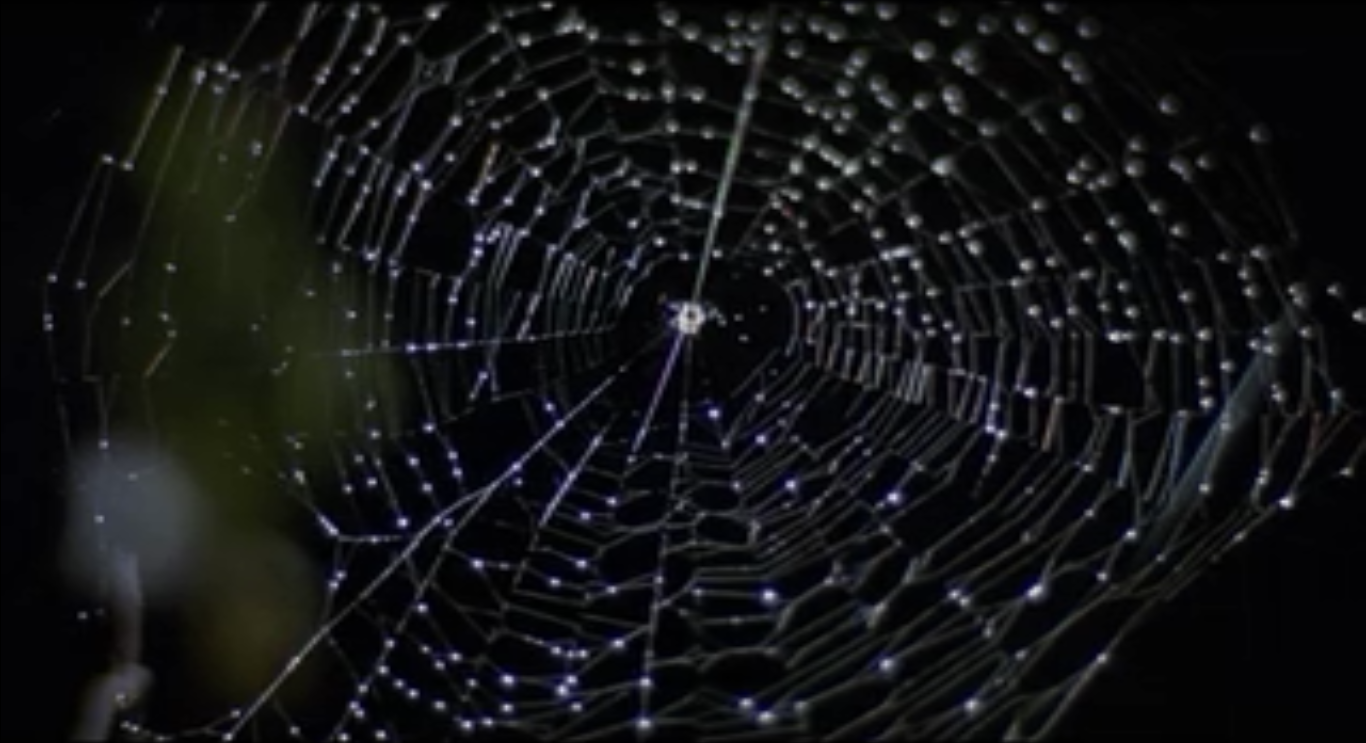
This Tibetan Buddhist text describes what supposedly happens to a person at each stage of the journey from death to rebirth.
[rtk_adunit_bottom]
Jacob’s Ladder wasn’t Rubin’s first film to play with ideas of the afterlife. He previously penned the movies Brainstorm and Deadly Friend, both of which involve dead and undead characters.
18. The film’s disturbing imagery was inspired by HR Giger and the photos of Joel-Peter Witkin
Some of the disturbing imagery featured in Jacob’s Ladder was inspired by the photographs of Joel-Peter Witkin.
[rtk_adunit_top]
This American photographer has met with controversy for photographing dead bodies, and he often arranges his subjects in ways that resemble religious or classical art.
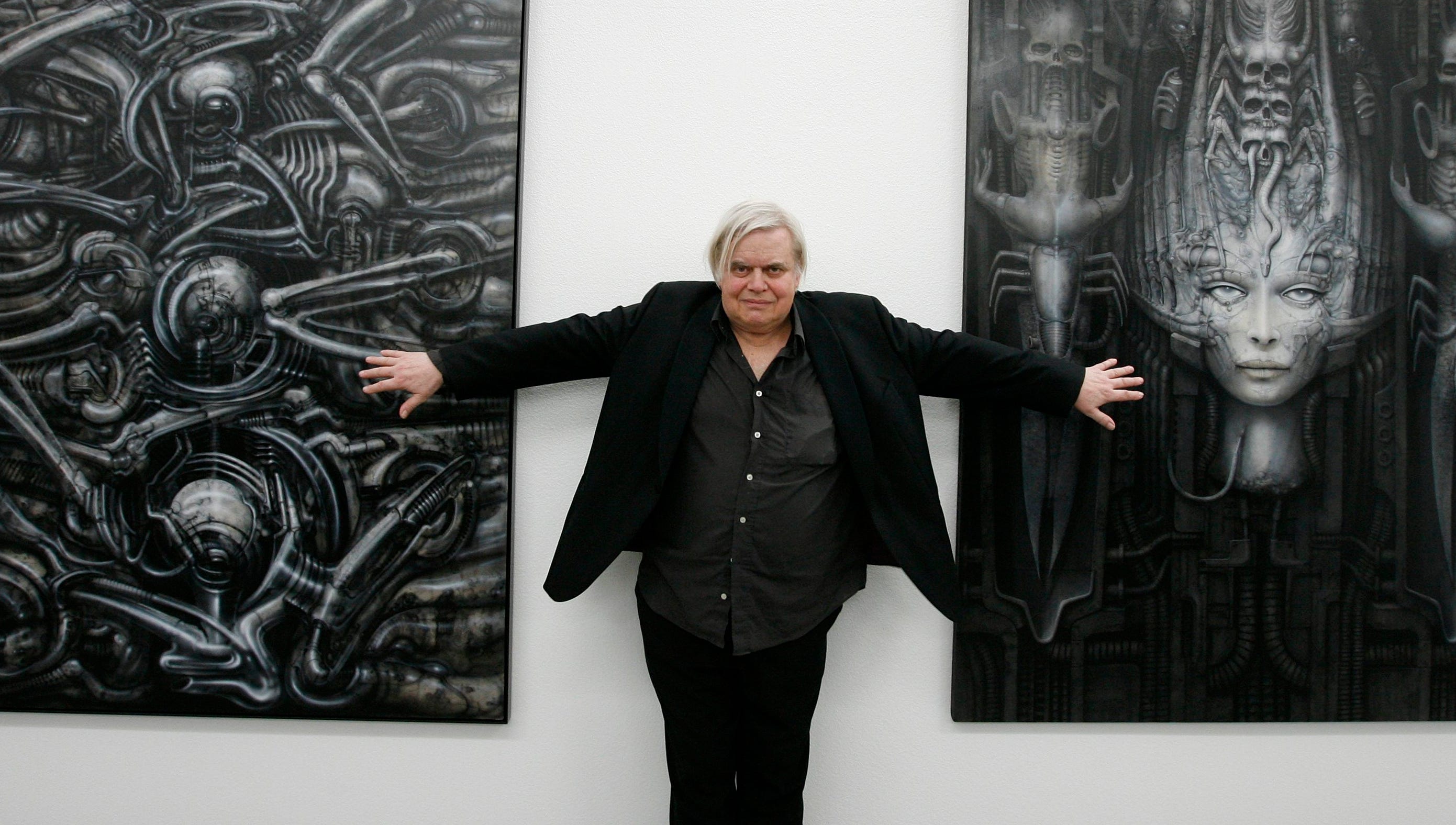
Most notable for the film’s inspiration was Witkin’s 1976 photograph ‘Man with No Legs,’ which shows a legless man suspended within a metal frame.
[rtk_adunit_middle]
The artist H R Giger, whose dark and cold paintings often depict strange figures mixed with machinery, likewise gave Rubin and director Adrian Lyne some creative inspiration.
Giger was also part of the special effects team for the movie Alien in 1979, which won an Academy Award for its terrifying design.
[rtk_adunit_bottom]
He went on to design monsters for all of the Alien franchise films, and also worked on Poltergeist II: The Other Side in 1986.
17. It could have starred Tom Hanks instead of Tim Robbins
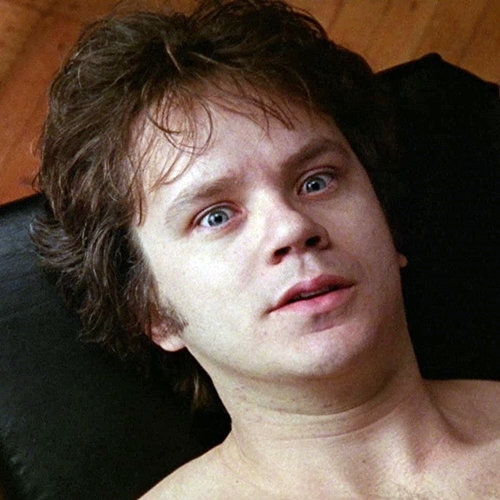
One of the actors to be considered for the role of Vietnam veteran Jacob Singer before Tim Robbins was Tom Hanks.
[rtk_adunit_top]
Hanks ended up choosing to star in The Bonfire of the Vanities instead, playing Sherman McCoy, a Wall Street bond trader.

This satirical black comedy was fraught with disagreements over casting, and it was a box office bomb.
[rtk_adunit_middle]
Funnily enough, Adrian Lyne had already turned down this same film in order to direct Jacob’s Ladder.
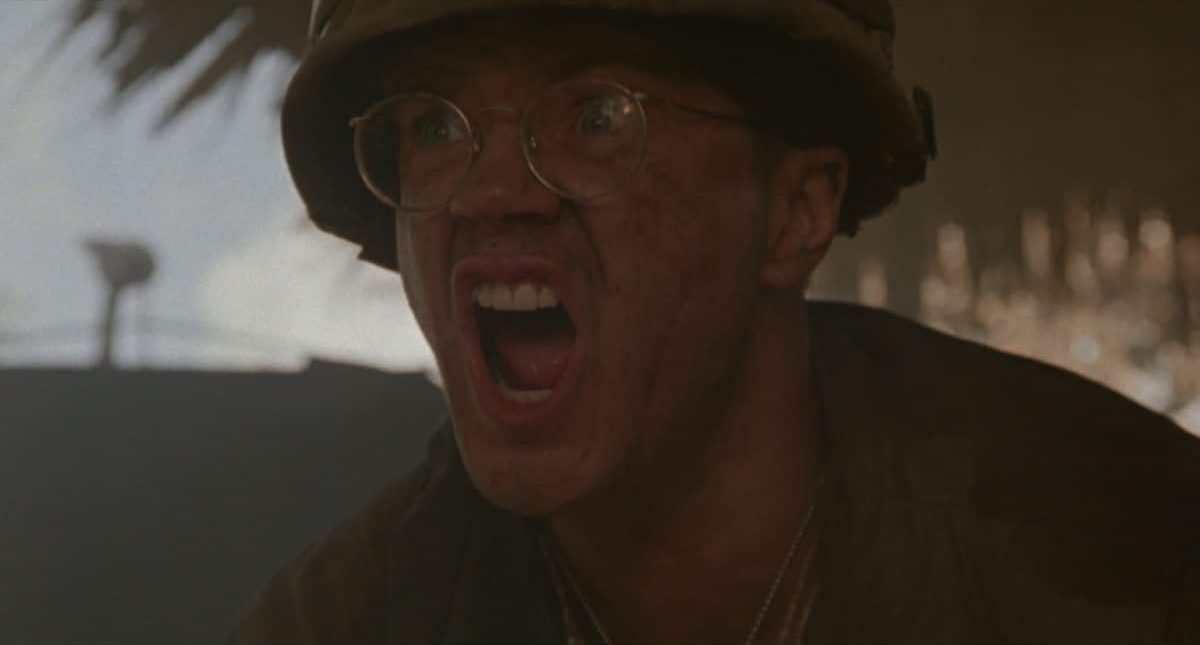
After he was cast in the lead role, Tim Robbins said that it was “a great opportunity to go in a different direction.”
[rtk_adunit_bottom]
“I love doing comedy, but I know I can do other things as well,” he added. One of the ‘other things’ Robbins would do subsequent to Jacob’s Ladder would be The Shawshank Redemption, now considered one of the best drama films ever made.
16. Adrian Lyne prepared to direct the film by reading accounts of near-death experiences
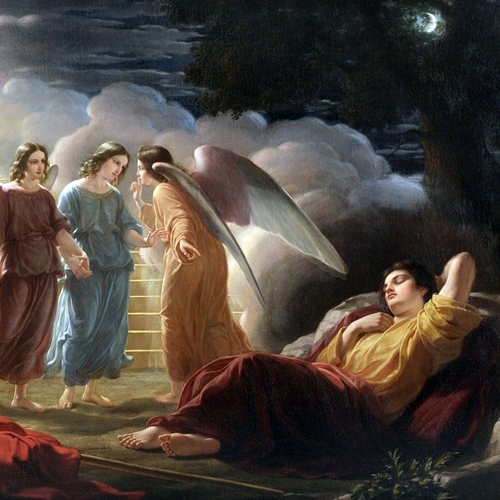
Adrian Lyne revealed that he watched “endless” Vietnam war documentary films to prepare himself for directing Jacob’s Ladder.
[rtk_adunit_top]
Lyne also read a number of real-life accounts of people’s personal near-death experiences.

This London-born director’s first taste of Hollywood came when he was working on adverts for milk.
[rtk_adunit_middle]
While living in Yorkshire, Lyne got a call from Stanley Kubrick, who wanted to know what filters Lyne had used for his commercials.

Lyne soon developed a reputation for making daring and experimental films. In 1986, he directed the controversial drama 9 ½ Weeks.
[rtk_adunit_bottom]
Lyne joined Jacob’s Ladder after filming Fatal Attraction, which was the highest-grossing film of 1987.
15. The nightmarish special effects were all done in-camera

The amazing, nightmarish special effects seen in Jacob’s Ladder were all achieved in-camera, with absolutely no post-production work required whatsoever.
[rtk_adunit_top]
One of the techniques used was to record an actor shaking his head at a low frame rate, then speeding up the footage to create the scary movement you see in the finished film.

This technique was used to film the ‘legless man’ thrashing on a hospital bed, shown only very briefly.
[rtk_adunit_middle]
Jacob’s own hallucinations never appear in the same shot as him, meaning that the audience sees what he sees.
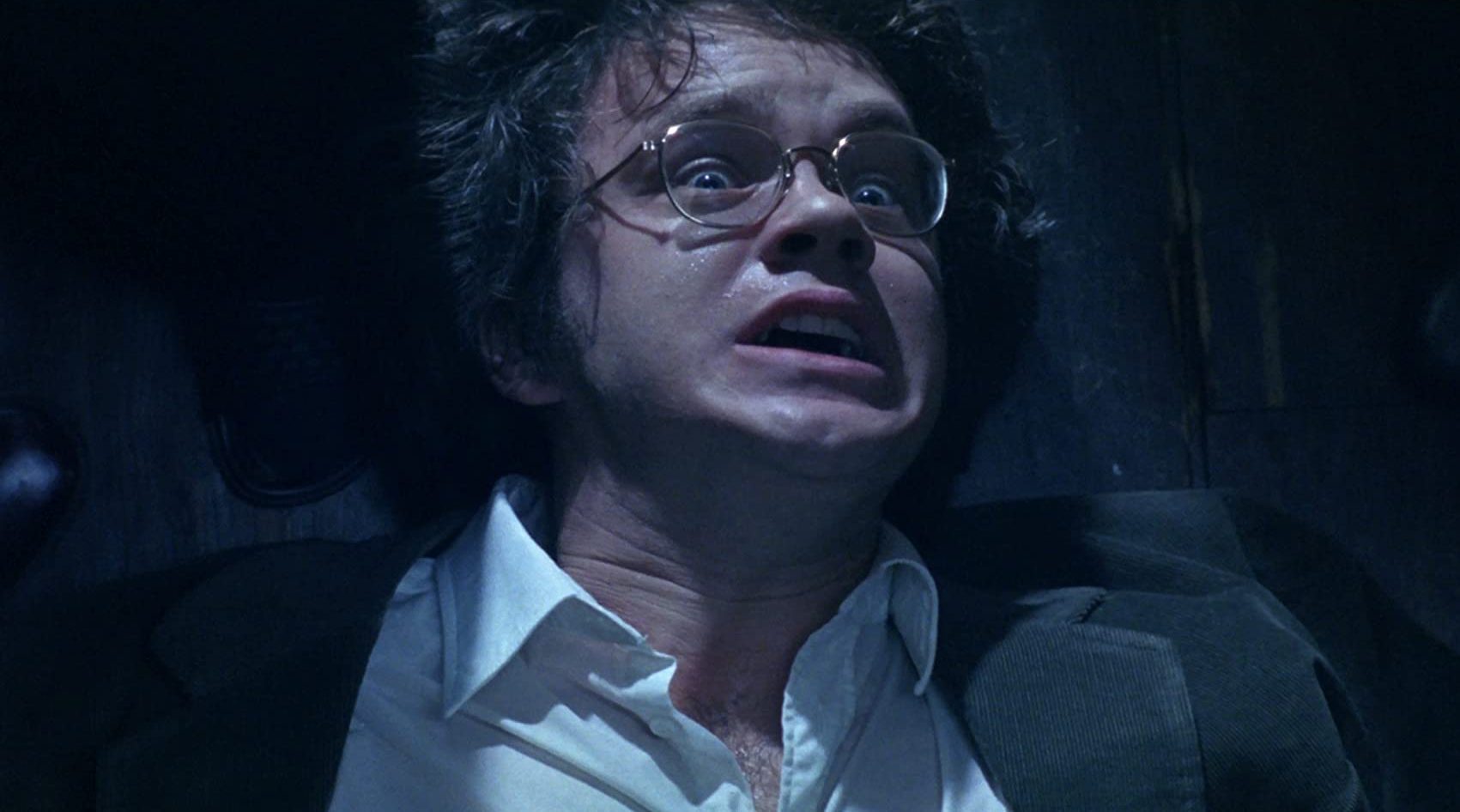
The critic Roger Ebert praised the film for its experimental and highly creative style, while admitting that he didn’t find it very enjoyable.
[rtk_adunit_bottom]
“This movie was not a pleasant experience,” he wrote, “but it was exhilarating in the sense that I was able to observe filmmakers working at the edge of their abilities and inspirations. Not every movie has to be fun.”
14. Much of the dialogue between the soldiers was improvised
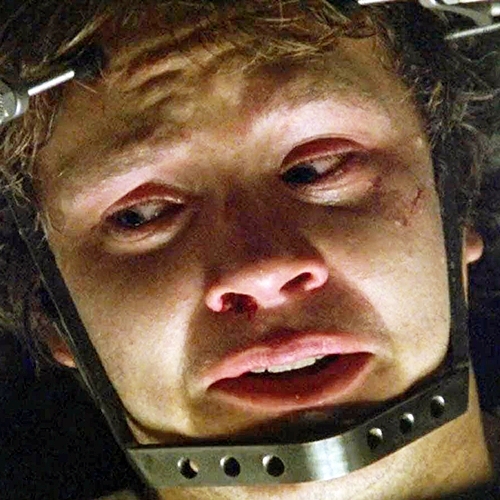
Director Adrian Lyne has revealed that much of the dialogue between the soldiers in the opening scene was improvised.
[rtk_adunit_top]
This included the memorable (and slightly rude) conversation between Tim Robbin’s Jacob and Ving Rhames’ George.
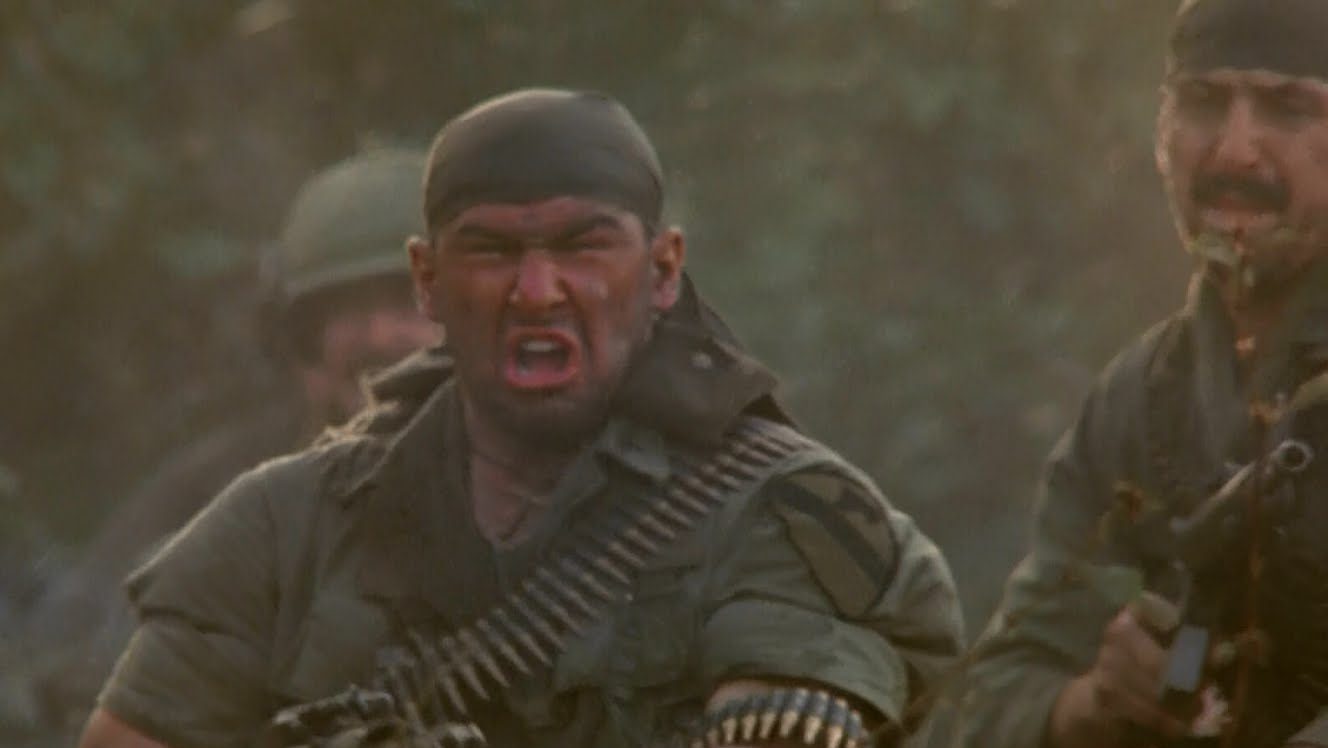
Ving Rhames is best known for his role of Luther Stickell, a computer hacker in the Mission: Impossible series.
[rtk_adunit_middle]
Rhames has played plenty of military roles outside of Jacob’s Ladder, including parts in Casualties of War, Flight of the Intruder and Dawn of the Dead.

Jacob’s Ladder’s war scenes take place at the very start of the film, and they are set in 1971, at a village in a region of Vietnam called the Mekong Delta.
[rtk_adunit_bottom]
As the village comes under attack, Jacob’s fellow soldiers begin to experience strange convulsions and fits, as the movie quickly slips from a war film into body horror.
13. 20 minutes of disturbing imagery had to be removed from the finished film

Director Adrian Lyne has revealed that an early cut of Jacob’s Ladder proved to be far too overwhelming for test screening audiences.
[rtk_adunit_top]
This meant that about 20 minutes of disturbing imagery had to be removed before the film could be released into cinemas.

There are still plenty of gory scenes that made it into the final cut, however, chiefly in the hospital and battle episodes.
[rtk_adunit_middle]
The film was given an 18 rating on its original release in the United Kingdom, and an R rating in the USA.

In a review for Time Out Magazine, the critic Steve Grant said the movie gave a real sense of what it’s like to be in a drug-addled mind.
[rtk_adunit_bottom]
“Lyne’s giddying, unsettling direction conjures up moments of horrifying hallucinogenic power from the bad-trip hell of his protagonist,” he wrote.
12. There was a (critically panned) remake in 2019

A Jacob’s Ladder remake, which sees Jacob Singer returning from Afghanistan rather than Vietnam, was released in August 2019.
[rtk_adunit_top]
It stars Michael Ealy as Jacob Singer, and it introduces an array of new characters and relatives.
This Jacob is grieving the loss of his brother in the war, only to discover that his sibling is still alive.
[rtk_adunit_middle]
“The producers are looking to make something more akin to an homage and not mimic the original,” Borys Kit wrote in a 2013 Hollywood Reporter article.

“The plan is to contemporise the story with new situations and characters but still maintain a story that examines issues and poses existential questions,” he noted.
[rtk_adunit_bottom]
Unfortunately, the film was panned by critics, with AA Dowd writing for the AV Club that “this Jacob’s Ladder isn’t likely to build much of a fan base over the next 30 years. It’ll be lucky if anyone remembers it for 30 minutes.”
11. Paramount Pictures dropped the movie after Lyne and Rubin refused to rewrite the ending
With Adrian Lyne as director and Bruce Joel Rubin as writer, it made a lot of sense for Paramount to own Jacob’s Ladder – and initially the studio greenlit it.
[rtk_adunit_top]
Lyne had previously made Flashdance and Fatal Attraction for Paramount, while Rubin worked on Paramount’s blockbuster Ghost.

But when new executives joined Paramount, the company’s faith in the unorthodox horror movie started to waver.
[rtk_adunit_middle]
They demanded a complete rewrite of the film’s ending – but Lyne and Rubin completely refused to change it.

Paramount then cancelled the entire project, and for a while it seemed Jacob’s Ladder would never be made.
[rtk_adunit_bottom]
Thankfully, it was instead picked up by Carolco Pictures, an independent film studio that offered Lyne a budget of $25 million and promised not to interfere with his creative choices or final cut.
10. 300 women auditioned for the role of Jezzie, including Madonna and Julia Roberts

Although the part of Jacob attracted plenty of names, it was the love interest – Jezzie – whose casting process saw around 300 women.
[rtk_adunit_top]
Madonna, Julia Lopez and Andie MacDowell all reportedly auditioned for the part unsuccessfully.
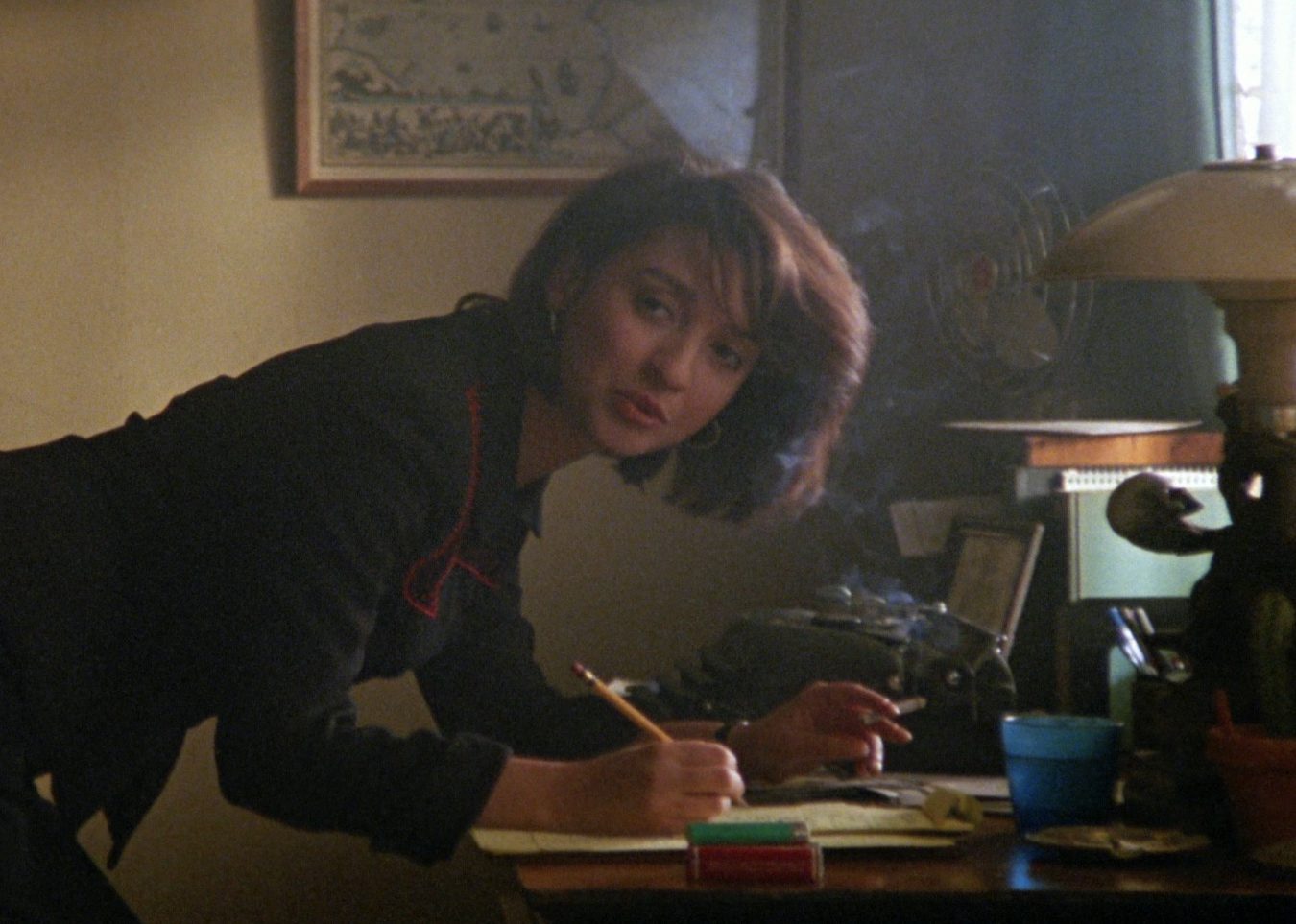
In the same year, Madonna instead starred in the crime film Dick Tracy, while Julia Roberts starred in Pretty Woman.
[rtk_adunit_middle]
In fact, it was one of the earliest people to audition – Elizabeth Peña – who eventually won the coveted role.
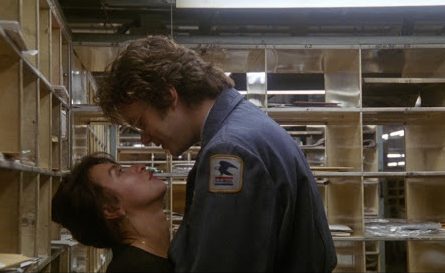
She joined Jacob’s Ladder after starring in Blue Steel, a 1989 action thriller where she starred as the best friend of Jamie Lee Curtis’ lead character Megan Turner.
[rtk_adunit_bottom]
Then a lesser-known actress, Peña would later win critical acclaim in Lone Star, winning an Independent Spirit Award.
9. A five-day boot camp prepared the actors to play traumatised soldiers

Keen on making the film’s battle scenes more authentic, Lyne hired Captain Dale Dye, a Vietnam veteran, as his military advisor.
[rtk_adunit_top]
After surviving 31 major combat operations and winning three Purple Hearts, Dye assisted with movies including Platoon, Born on the Fourth of July and Saving Private Ryan.

Dye trained the actors through an intensive five-day boot camp, simulating some of the training that prepared him for combat.
[rtk_adunit_middle]
Pruitt Taylor Vince, Eriq La Salle and Ving Rhames all joined Tim Robbins for this experience of military life.

The Vietnam War scenes were filmed in rural areas of Vega Baja, a region on the north coast of Puerto Rico.
[rtk_adunit_bottom]
The filmmakers borrowed UH-1 military helicopters from the Puerto Rico National Guard to complete the scenes.
8. Jacob was originally meant to burn down the army headquarters
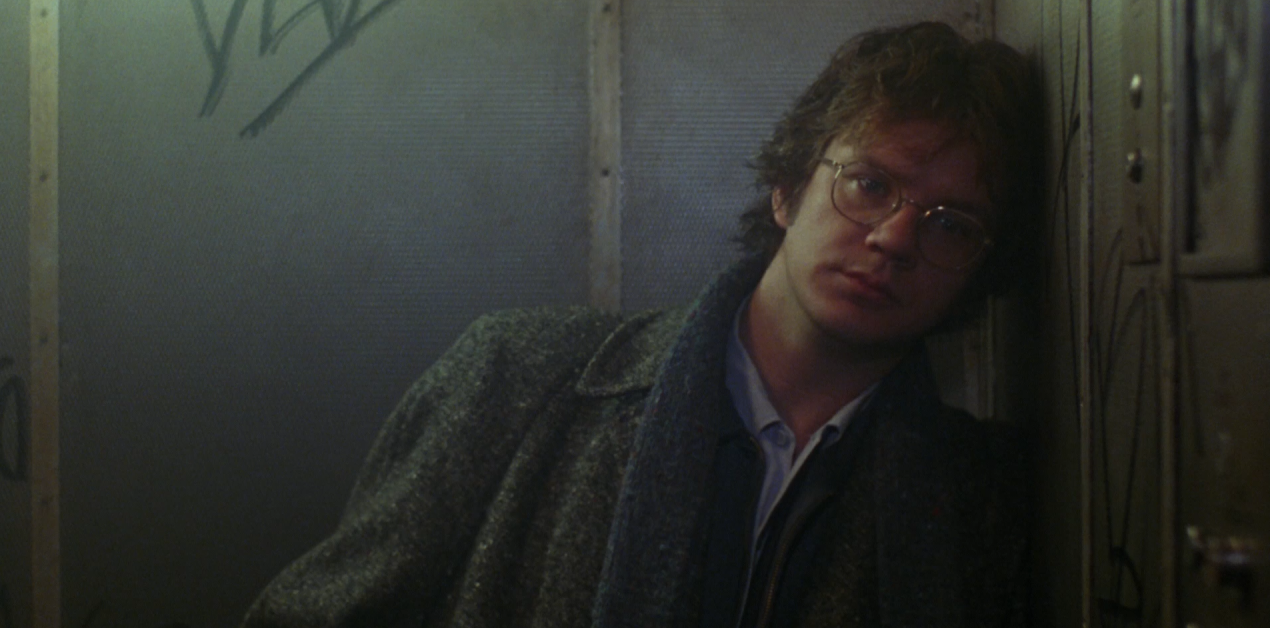
In the original script, Rubin wrote a scene where the jaded hero Jacob commits arson.
[rtk_adunit_top]
He douses part of the army headquarters in gasoline and sets them alight, furious at his treatment by the military.
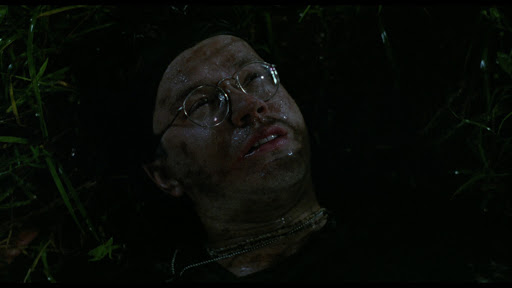
The scene was actually filmed, but it was ultimately taken out of the movie’s final cut.
[rtk_adunit_middle]
Another deleted scene showed Jacob catching a glimpse of a man being attacked in a subway station bathroom.
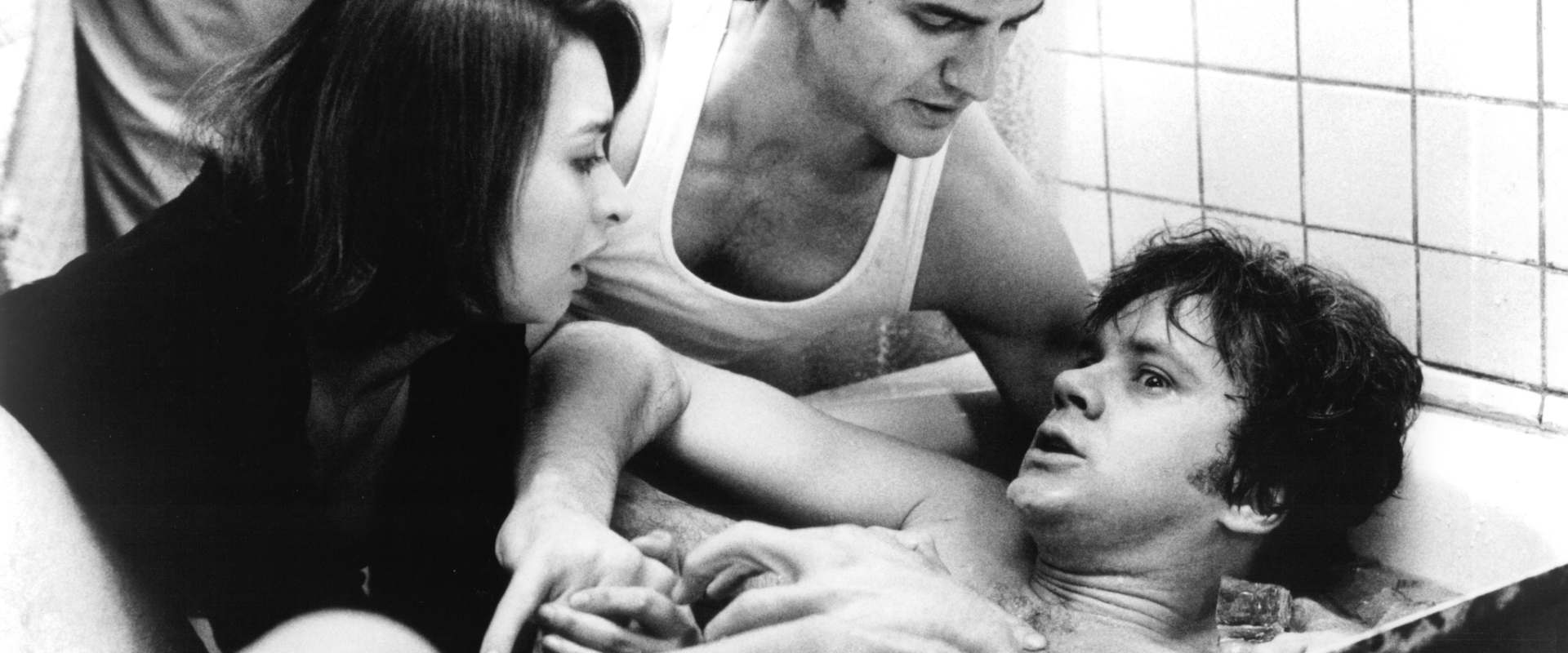
Elsewhere, Jacob receives an antidote that makes him hallucinate, with a demon falling onto him through the ceiling.
[rtk_adunit_bottom]
The Special Edition DVD of 1998 included the deleted scenes entitled Jezzie’s Transformation, The Antidote and The Train Station.
7. All of the train station adverts are about drug use
To film Bergen Street station in Jacob’s Ladder, the producers actually rented a disused portion of the real location.
[rtk_adunit_top]
An abandoned lower-level platform was used for the scenes – and it had to be entirely re-tiled and cleared so it appeared as a working train station.
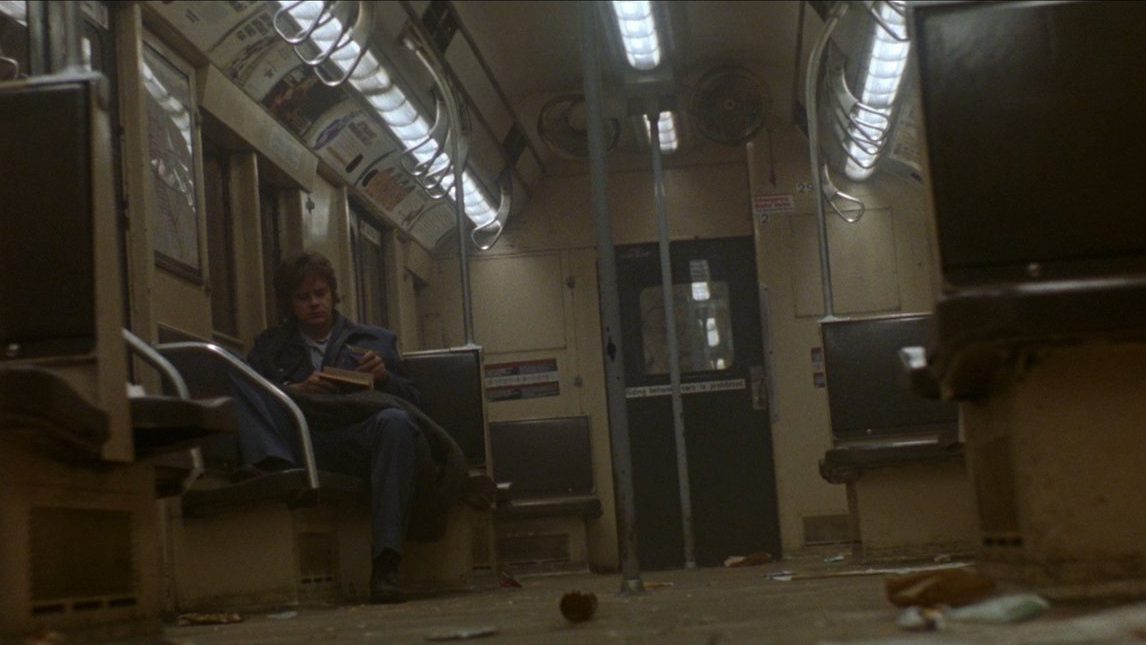
Undisturbed, the set decorators got to work at creating the posters and adverts that line the walls and train carriages.
[rtk_adunit_middle]
Somewhat unnervingly, all of the adverts visible to the audience carry bold anti-drug slogans and warnings.

The exception to this rule is the poster Jacob first sets eyes on, which states: “New York is a crazy town, but you won’t die of boredom. Enjoy!”
[rtk_adunit_bottom]
“Hell. That’s what life can be, doing drugs. But it doesn’t have to be this way,” reads the advert next to it – slyly referencing Jacob’s own drug-induced delirium.
6. Jacob’s infant son is played by Macaulay Culkin
In the final scenes of the film, Jacob meets once again with his son, Gabe, who died in an accident before the war.
[rtk_adunit_top]
The tiny child, with bright blond hair, leads Jacob by the hand up a staircase and into the light.
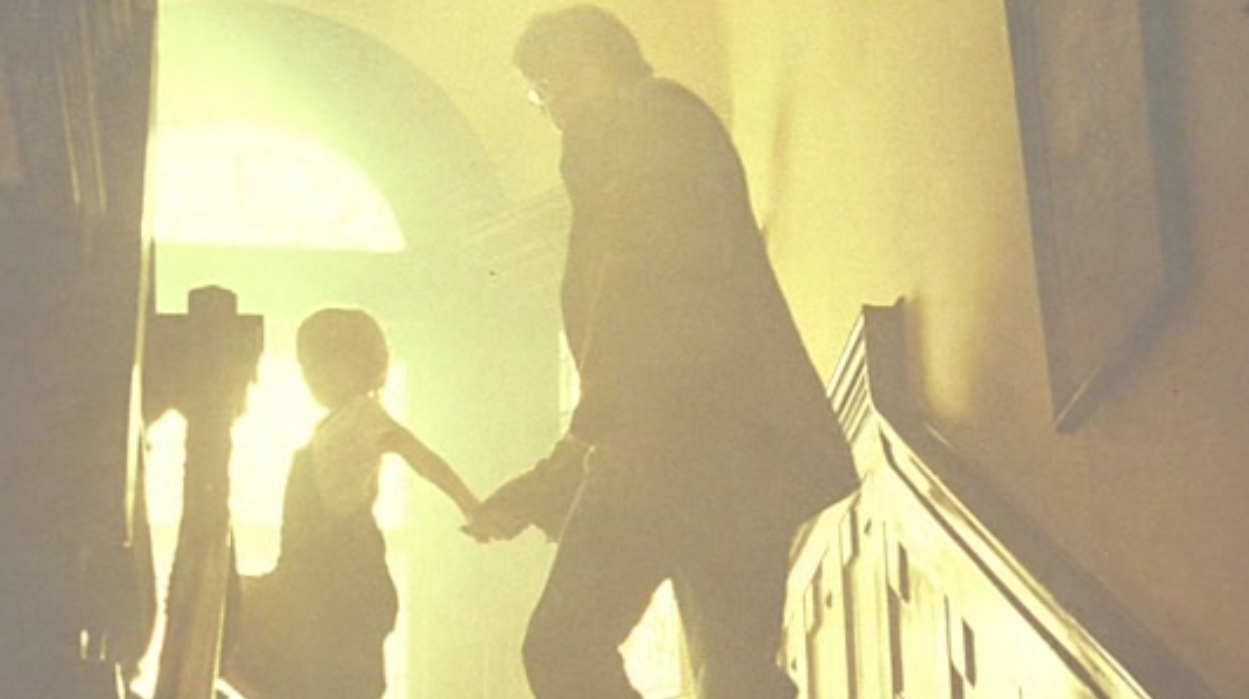
His arrival heralds the end of weary Jacob’s journey to the afterlife, although the scene cuts before we see what lies beyond.
[rtk_adunit_middle]
With only a few words to say and little screen-time, this character went uncredited in the cinematic release.

You’d be forgiven for failing to recognise the child in the half-darkness – but the actor was none other than Macaulay Culkin, who would later win fame in Home Alone.
[rtk_adunit_bottom]
Home Alone came out only a few weeks after Jacob’s Ladder, with both released in November 1990.
5. The original script featured demons with horns and hooves

When Rubin first put pen to paper to write Jacob’s Ladder, he had much more classic demons in mind to terrorise his hero.
[rtk_adunit_top]
In the original screenplay, the demons had a traditional look, with wings, cloven hooves and horns.

It wasn’t until Adrian Lyne stepped in as director and deemed these demons too comical that Jacob’s hallucinations took human form instead.
[rtk_adunit_middle]
Rubin decided that Jacob’s visions would instead resemble people with thalidomide deformities, after researching the scandal of a medication in the 1950s and 60s that afflicted 10,000 new-born babies.
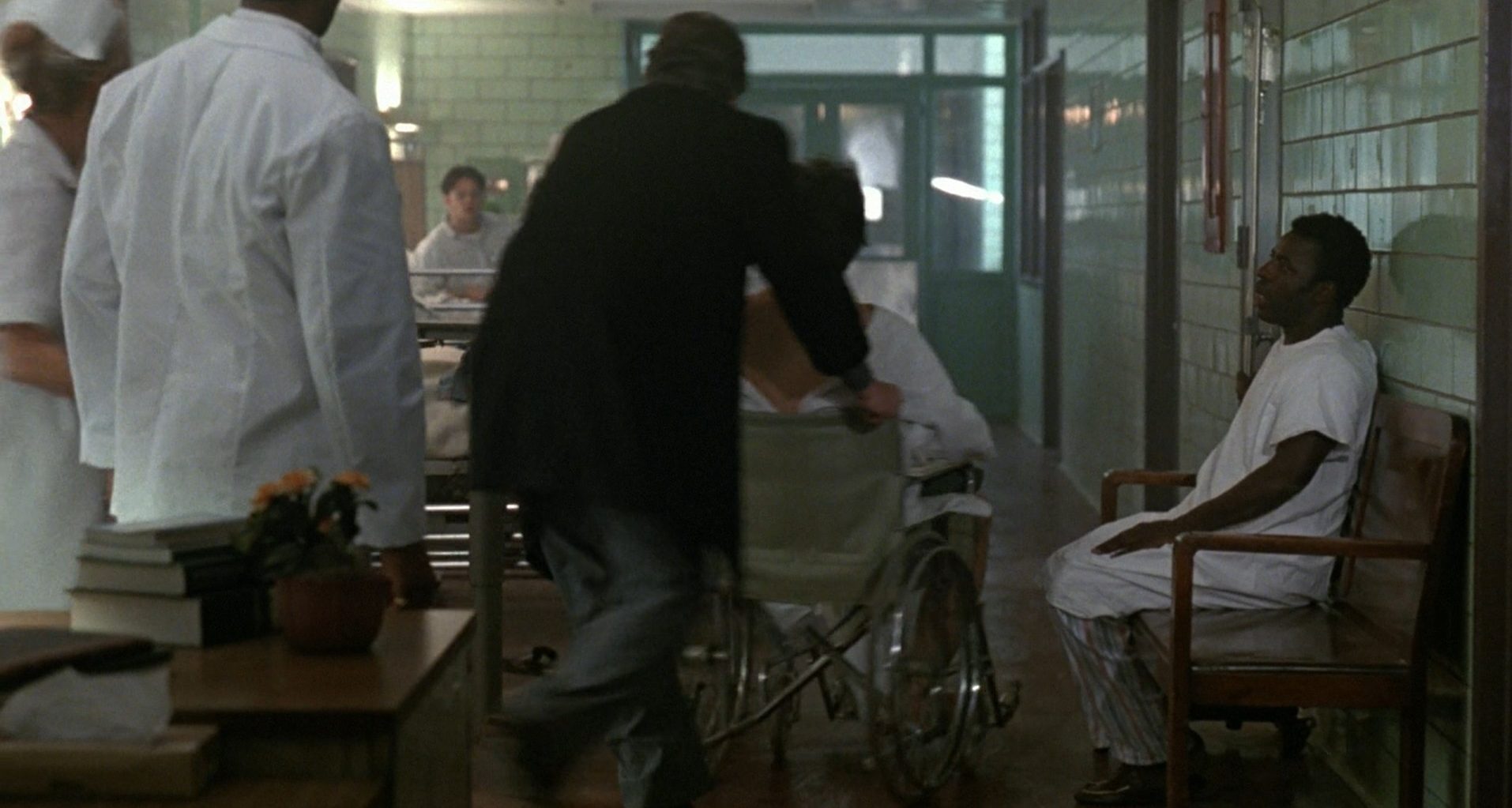
The American Film Magazine for one disagreed with the director’s disdain for Rubin’s demons.
[rtk_adunit_bottom]
Seven years before the script reached the big screen, this publication named Rubin’s original script as one of the ten best unproduced screenplays in Hollywood.
4. The film’s property master lent his real military discharge number to Jacob

Dwelling on his dark past, Jacob at one point unfolds his old discharge certificate from his military service.
[rtk_adunit_top]
You can briefly see his assigned service number, US 21 719 365, printed on the document.

This number was in fact the real service number of the property master who worked on Jacob’s Ladder.
[rtk_adunit_middle]
Named Thomas K. Wright, he served from 1959 to 1961, and later became an expert in set creation.
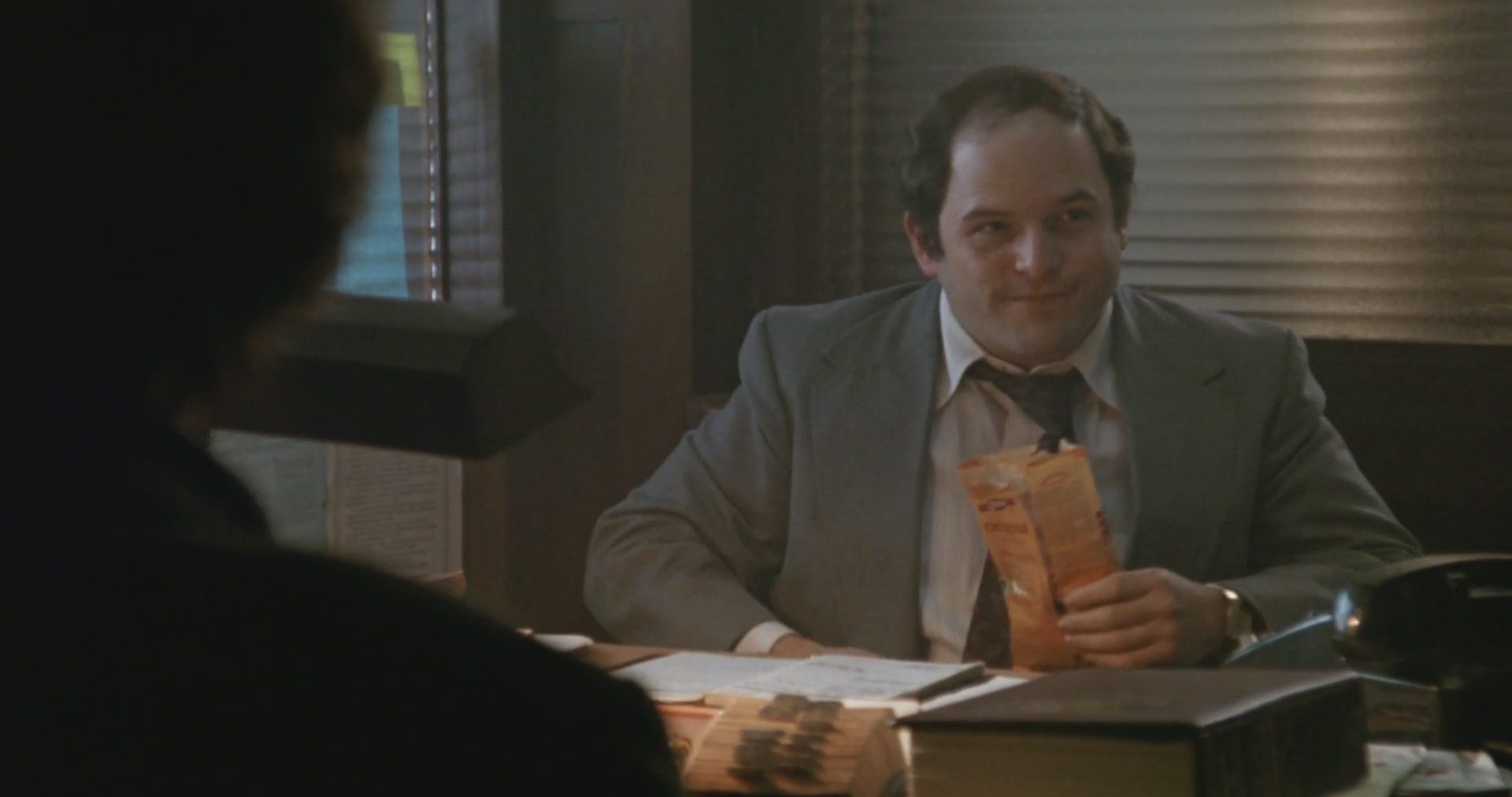
Property masters are in charge of buying, building and arranging all of the props in a movie.
[rtk_adunit_bottom]
Wright’s other movie credits as property master include Fletch Lives, Dead Man Walking and The Fisher King.
3. The film was unsuccessful on release but has since become an influential cult classic

Jacob’s Ladder was fairly unsuccessful upon its release in 1990, despite spending one week at the number one spot in the US.
[rtk_adunit_top]
The film only ended up making a disappointing $26 million, or just $1 million more than it cost to make.
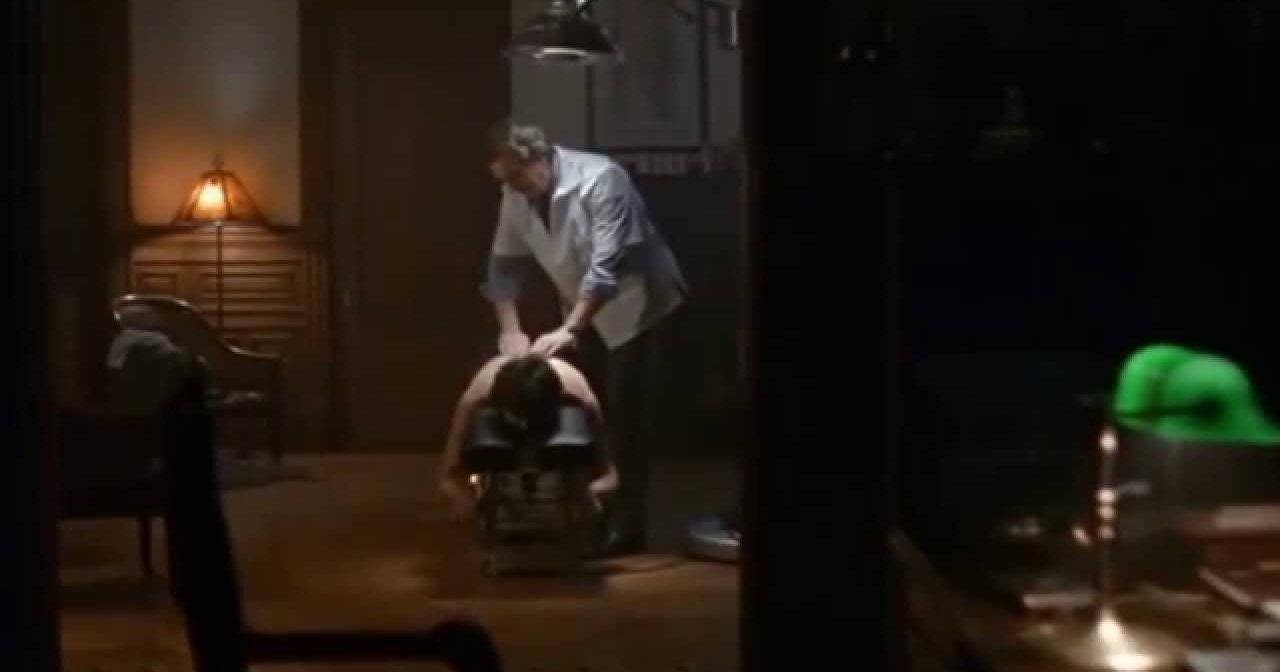
The film has since gained a massive cult following, however, influencing a number of different films and TV shows.
[rtk_adunit_middle]
In particular, it heavily influenced the video game series Silent Hill, which was made for PlayStation.
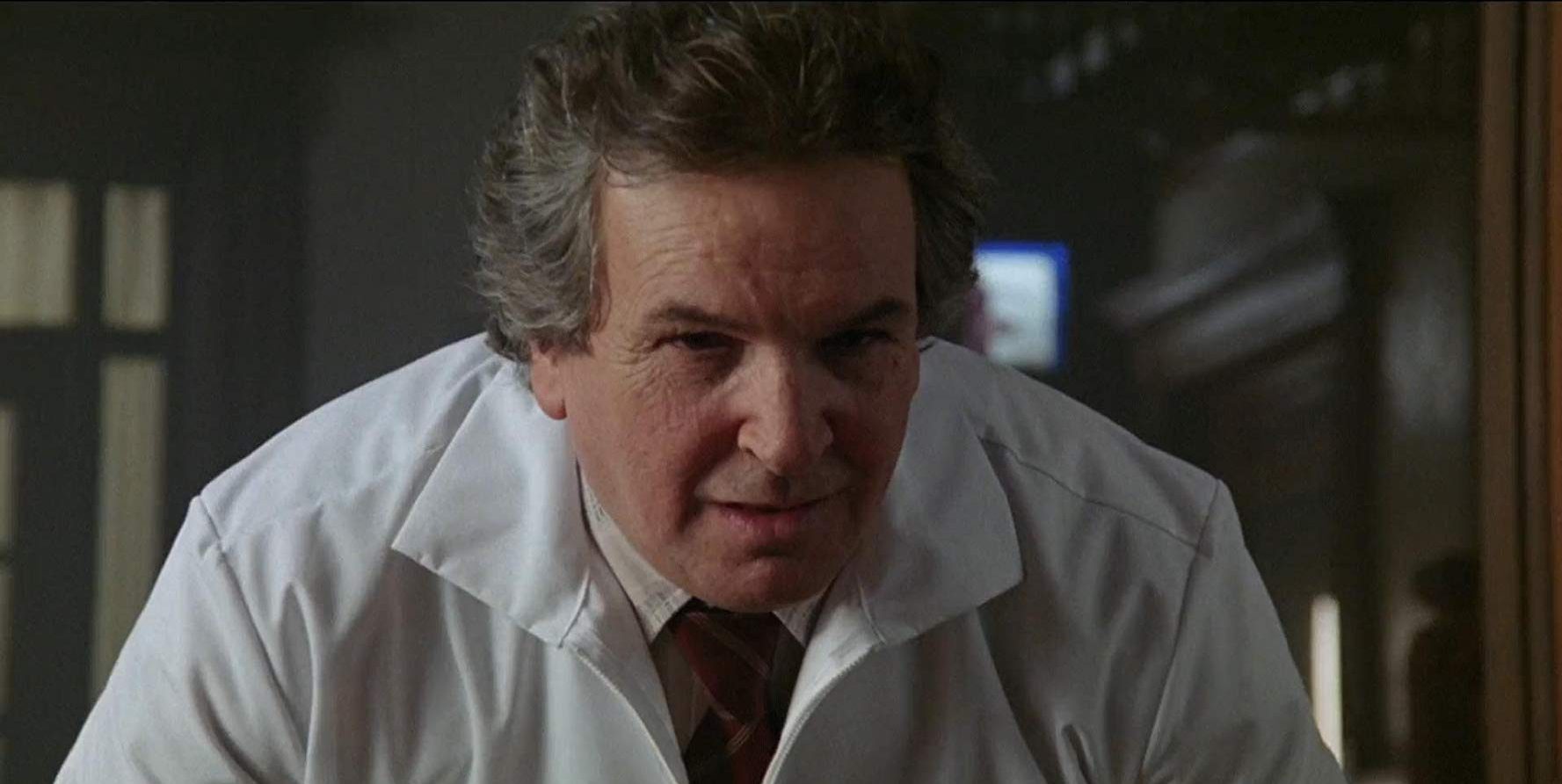
The first instalment, released in 1999, is a survival horror game where the player character fights through fog and darkness to escape monsters and find his young daughter.
[rtk_adunit_bottom]
Interestingly, while most early survival horror games have a military hero, this character has no background in combat – unlike Jacob, a veteran whose army training is no match for his struggles with demons.
2. The film was inspired by a creepy 20-minute stop-motion film

Apparently one of the biggest influences on Jacob’s Ladder was a strange short film about puppetry.
[rtk_adunit_top]
Street of Crocodiles, a stop-motion animation, helped to inspire some of the blurring and jaunty motions in Jacob’s Ladder, as well as its often dream-like quality.

Made by the Brothers Quay in 1986, it follows the tale of a puppet who is cut loose from his strings and is left to wander alone through a series of strange rooms.
[rtk_adunit_middle]
In a 2001 Guardian article, Terry Gilliam named Street of Crocodiles as one of the ten greatest animated films of all time.

Both Rubin and Lyne also named the short film An Occurrence at Owl Creek Bridge as a profound influence on Jacob’s Ladder.
[rtk_adunit_bottom]
A French adaptation of an American short story, this movie is about a man who is facing military execution in the American Civil War.
1. Wallace and Gromit, The Simpsons and Avengers: Age of Ultron have all referenced the film

Jacob’s Ladder may not have made much impact on release but it’s since become a pop cultural phenomenon, finding its way into plenty of family-friendly shows and films as well as horror movies.
[rtk_adunit_top]
In The Simpsons, it plays on a television in the episode The Squirt and the Whale, and it’s also referenced in the title of the episode Flanders’ Ladder.

Lady Tottington names the movie in the Aardman classic Wallace and Gromit: The Curse of the Werewolf, which parodies many horror tropes.
[rtk_adunit_middle]
A visual reference to Jacob’s Ladder’s hellish hospital also comes up in the 2015 film Avengers: Age of Ultron.
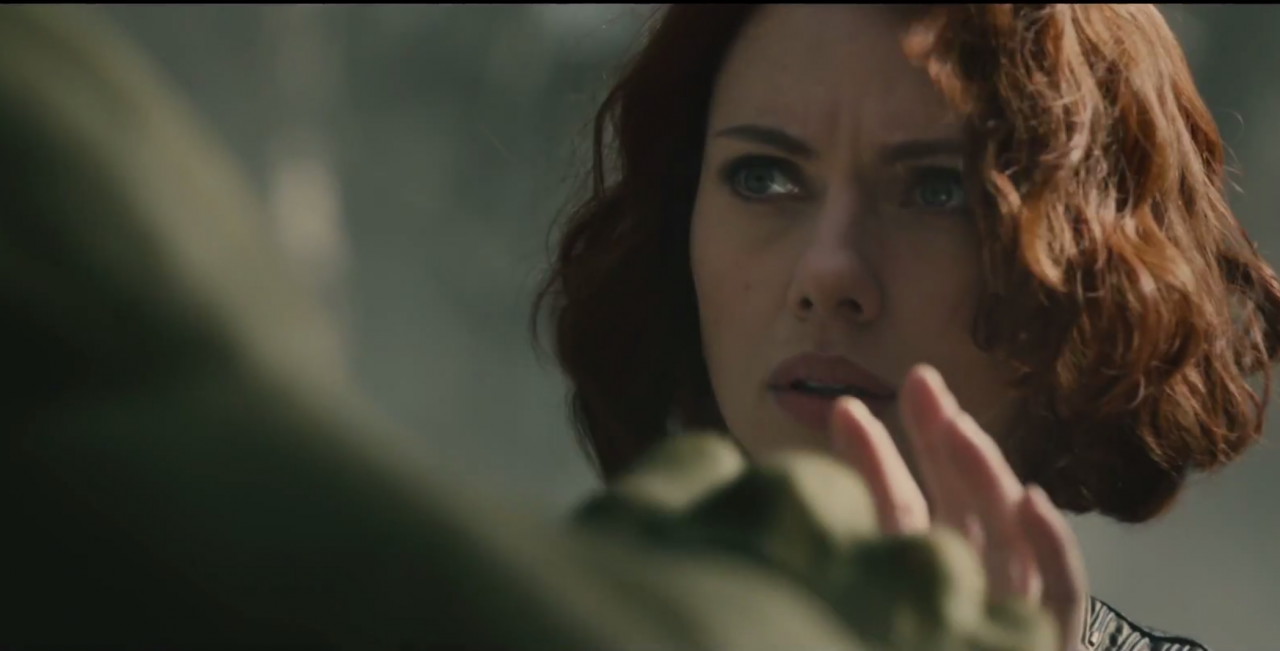
As Natasha Romanoff lies dreaming, she has a vision of a bending hospital bed wheel that is rushing down a narrow corridor, reminiscent of the horror movie.
A flashback to the Vietnam War in the Rick and Morty episode Never Ricking Morty also pays tribute to the war scenes of Jacob’s Ladder.
[rtk_adunit_end]

